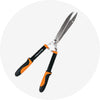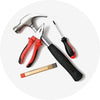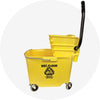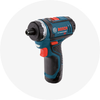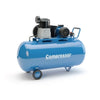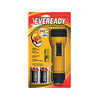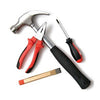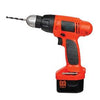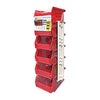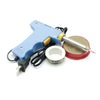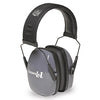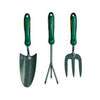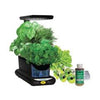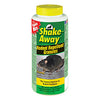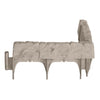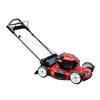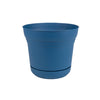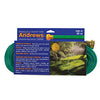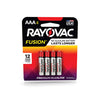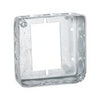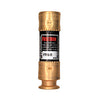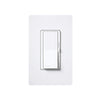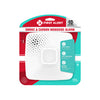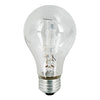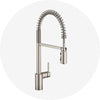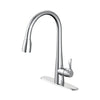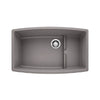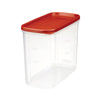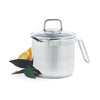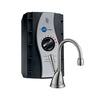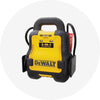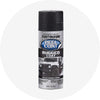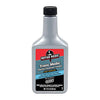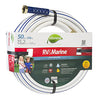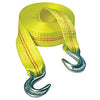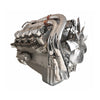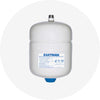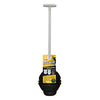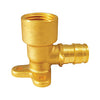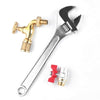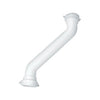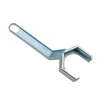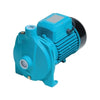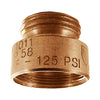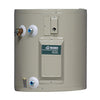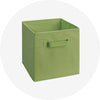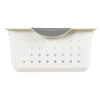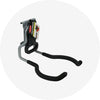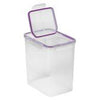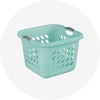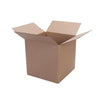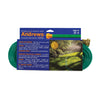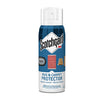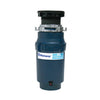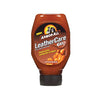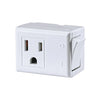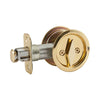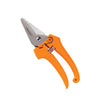Essential fire safety tools every commercial property needs
∙ min read

Fire safety is a top priority for any commercial property. Compliance with regulations and having the right safety tools protect the facilities and ensure the safety of employees, customers, and business assets.
In this article, we’ll explore the essential fire safety tools that every commercial property should have, highlighting the 2A Fire Extinguisher as a reliable and effective solution.
The importance of fire safety in commercial properties
Fires in commercial properties can cause devastating losses, both financially and in human lives. Implementing a fire safety plan and installing the necessary equipment can make a crucial difference in preventing and controlling incidents.
Additionally, many jurisdictions require compliance with specific regulations to avoid penalties and ensure the protection of occupants.
Essential fire safety tools
Below are the key fire safety tools that every commercial property should include in its fire prevention plan:
Proper fire extinguishers
The fire extinguisher is one of the most important devices for fighting early-stage fires. Choosing multi-purpose extinguishers, such as the 2A Fire Extinguisher, is crucial, as it is ideal for handling Class A, B, and C fires in commercial environments.
Its ease of use and rechargeable design make it a long-term investment for any establishment.
Automatic sprinkler systems
Automatic sprinkler systems are highly effective in containing fires before they spread. These systems activate immediately upon detecting high temperatures, releasing water to suppress flames and minimize structural damage.
Smoke detectors & carbon monoxide sensors

Early detection is key to fire prevention. Smoke detectors and carbon monoxide sensors alert occupants to smoke or hazardous gases, allowing for a quick and safe evacuation.
Emergency signage & evacuation routes
A commercial property must have clear, visible signage indicating evacuation routes and safety equipment locations. Emergency exits should be adequately marked and free of obstructions.
Emergency kits & fire preparedness
In addition to fire extinguishers and detection systems, having an emergency wildfire preparedness kit is a wise precaution, especially for properties in wildfire-prone areas. These kits contain essential items such as masks, flashlights, fire-resistant blankets, and first-aid supplies.
Training & fire drills
Having fire safety tools is insufficient—employees must be trained to use them correctly. Conducting regular fire drills and providing training on extinguisher use, evacuation routes, and emergency protocols can save lives in the event of a fire.
Regulatory compliance & equipment maintenance
To ensure the effectiveness of fire safety tools, businesses must comply with local regulations and conduct regular inspections. Some best practices include:
- Check fire extinguishers to ensure they are in good condition and under proper pressure.
- Performing periodic tests on smoke and carbon monoxide detectors.
- Inspecting sprinkler systems to confirm they are fully operational.
- Updating evacuation routes and signage based on the building’s needs.
Protect your business with the right tools
Investing in fire safety protects occupants and assets, ensures regulatory compliance, and prevents financial losses. Essential tools like the 2A Fire Extinguisher and an Emergency Wildfire Preparedness Kit are key to comprehensive business protection.
Prioritizing prevention and employee training can make a critical difference in ensuring safety and business continuity. Don’t wait for a fire to happen—take action now! Equip your business with the right fire protection tools and safeguard what matters most.
Frequently asked questions
Why is the 2A Fire Extinguisher recommended for commercial use?
The 2A Fire Extinguisher is ideal for commercial environments because it can extinguish Class A, B, and C fires. Its rechargeable design and ease of use make it a reliable choice for offices, warehouses, and various business sectors.
How does the 2A classification benefit larger spaces like warehouses or offices?
The 2A rating indicates a higher capacity for combating solid material fires such as wood, paper, and fabric. High-capacity extinguishers in large spaces allow for more effective fire control before they spread, minimizing damage and risk.
What fire extinguisher regulations must businesses comply with?
Businesses must comply with local, state, and national regulations, including those set by the NFPA (National Fire Protection Association) and OSHA (Occupational Safety and Health Administration). These standards specify requirements for extinguisher type, placement, and maintenance.
How can businesses ensure their fire extinguishers are always operational?
To keep extinguishers fully functional, businesses should: Perform monthly inspections to check pressure levels, schedule annual maintenance with certified professionals, and recharge extinguishers immediately after use.
What additional fire safety equipment should accompany fire extinguishers?
In addition to fire extinguishers, businesses should install: Smoke detectors & fire alarms, automatic sprinkler systems, clearly marked evacuation routes & signage.
Where should fire extinguishers be placed in a commercial property?
Fire extinguishers should be positioned in strategic locations, such as: Near emergency exits, in main hallways, storage areas, and in high-risk zones like kitchens and workshops. The recommended distance between extinguishers varies by property type, but it should not exceed 75 feet.
